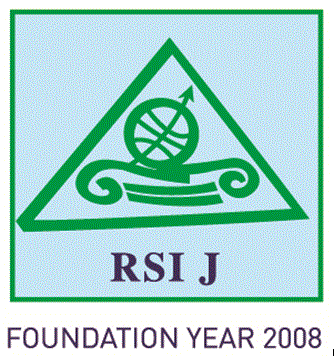Xiang CAI
Lecturer, The University of Texas at Dallas,
xiang.cai@utdallas.edu
Abstract
In response to the wide social concerns of exponential price inflation and the severe demand for affordable housing over the last decade, the Chinese government has enforced a national plan to enhance the large-scale construction and provision of affordable housing, while municipal governments are responsible at the local level for implementation and allocation via various housing provision programs. In this paper we collected first-hand data from a series of personal interviews with government officials to conduct a systematic analysis of the challenges of housing allocation from the perspectives of administrators at the city level. In light of the responses from practitioners, the four main concerns giving rise to low efficiency and unfairness in housing allocation are: the faction of agencies, ineffective monitoring systems, the lack of transparency of information, and the absence of legal enforcement. Legal enforcement is the most important institutional establishment as it stipulates agency collaboration and monitoring. Transparency, which is affected by legal enforcement, also enhances cooperation among departments.
Keywords: Affordable Housing, Determinants, Allocation and Distribution, Local Officials
JEL classification: R5, R580
read more
